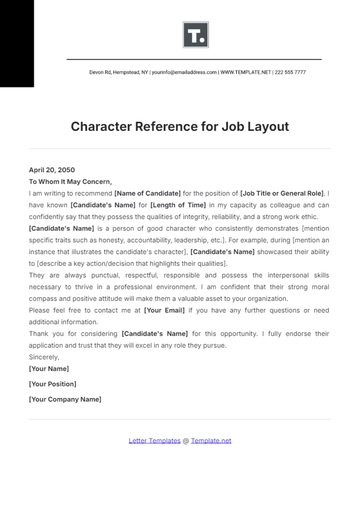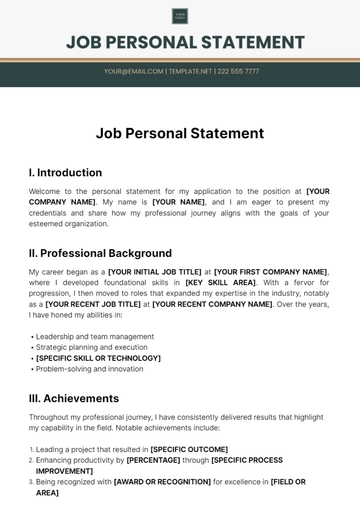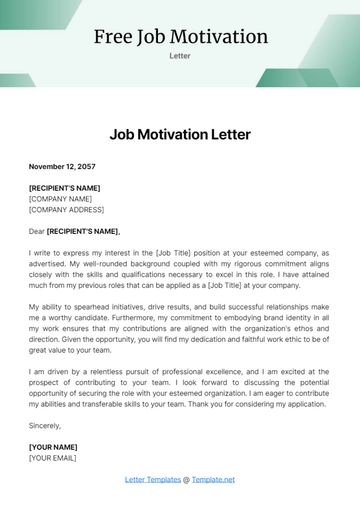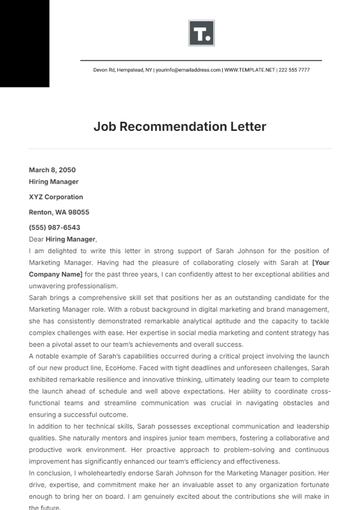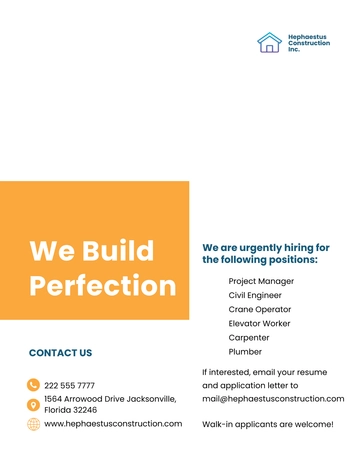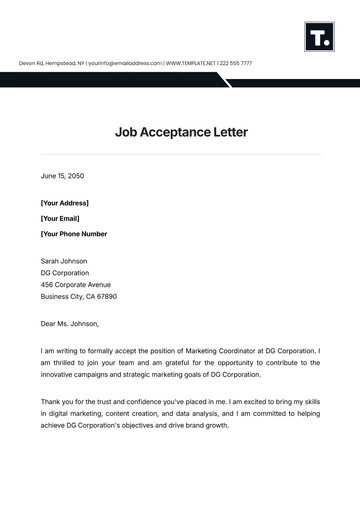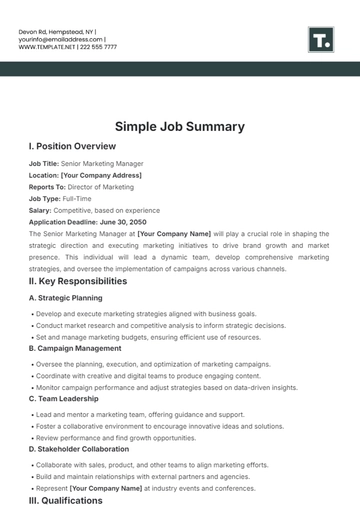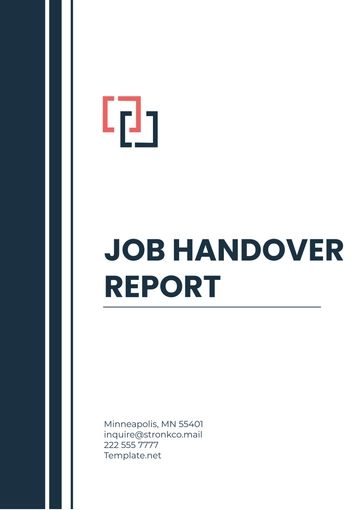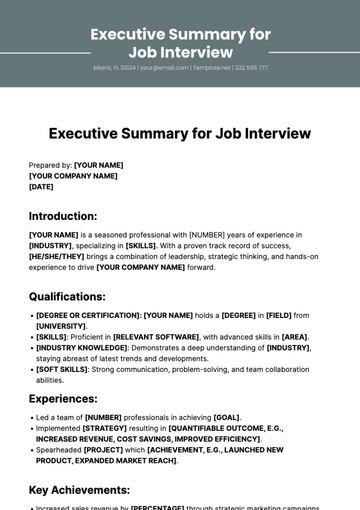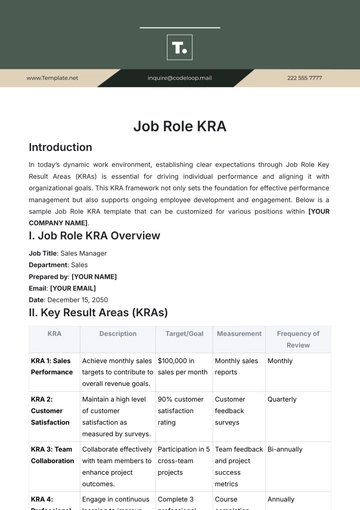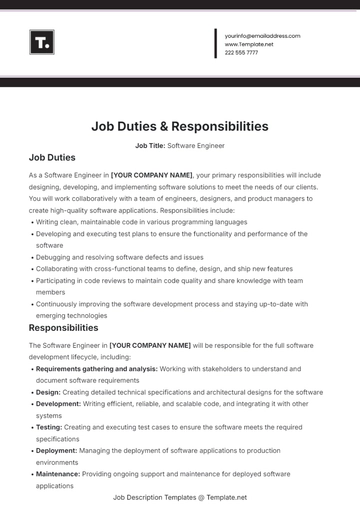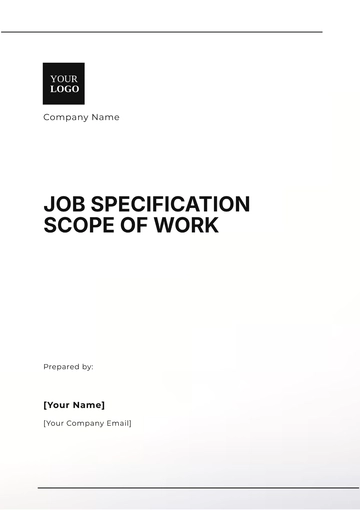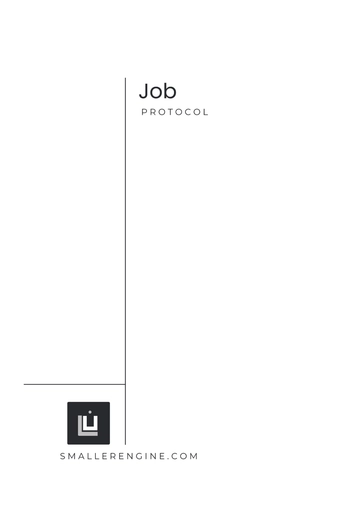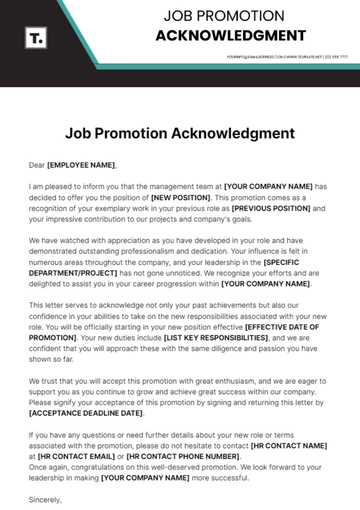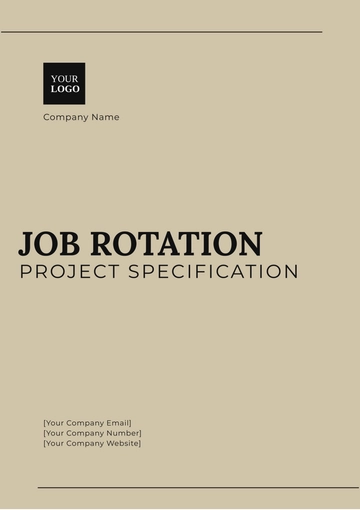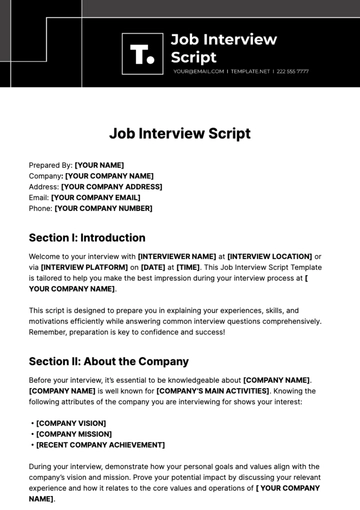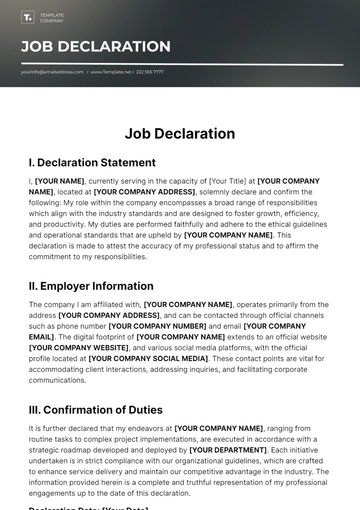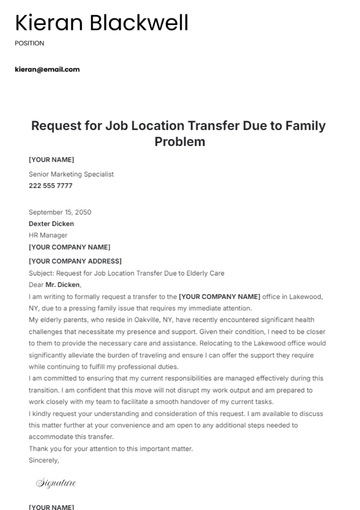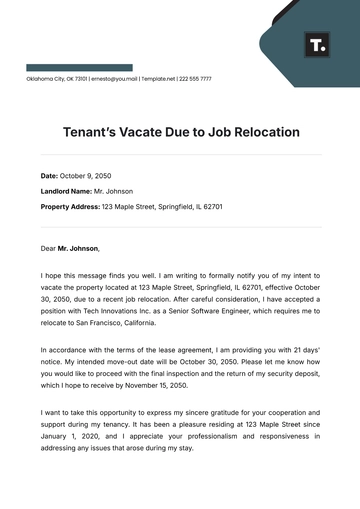Free Job Role KRA
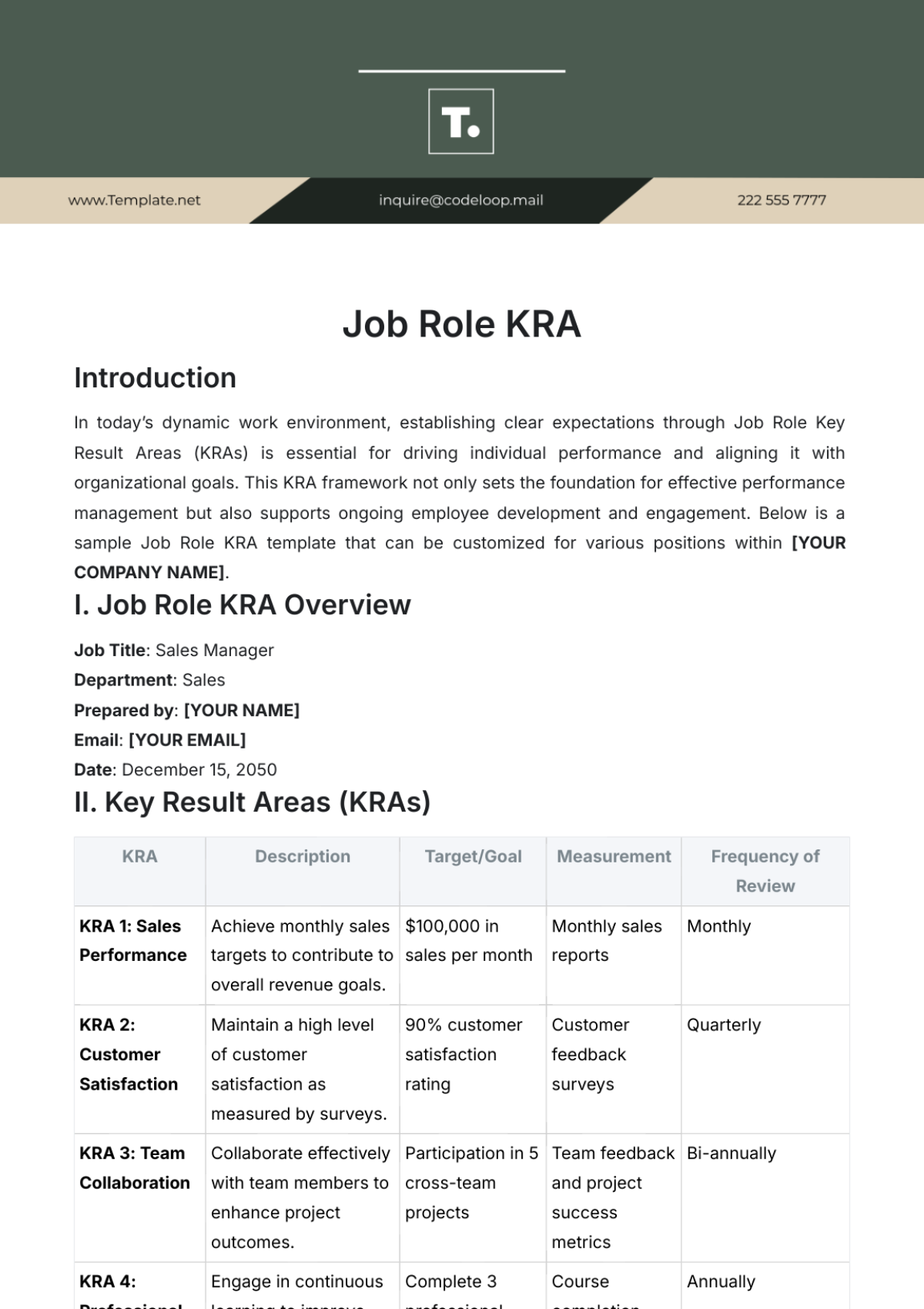
Introduction
In today’s dynamic work environment, establishing clear expectations through Job Role Key Result Areas (KRAs) is essential for driving individual performance and aligning it with organizational goals. This KRA framework not only sets the foundation for effective performance management but also supports ongoing employee development and engagement. Below is a sample Job Role KRA template that can be customized for various positions within [YOUR COMPANY NAME].
I. Job Role KRA Overview
Job Title: Sales Manager
Department: Sales
Prepared by: [YOUR NAME]
Email: [YOUR EMAIL]
Date: December 15, 2050
II. Key Result Areas (KRAs)
KRA | Description | Target/Goal | Measurement | Frequency of Review |
|---|---|---|---|---|
KRA 1: Sales Performance | Achieve monthly sales targets to contribute to overall revenue goals. | $100,000 in sales per month | Monthly sales reports | Monthly |
KRA 2: Customer Satisfaction | Maintain a high level of customer satisfaction as measured by surveys. | 90% customer satisfaction rating | Customer feedback surveys | Quarterly |
KRA 3: Team Collaboration | Collaborate effectively with team members to enhance project outcomes. | Participation in 5 cross-team projects | Team feedback and project success metrics | Bi-annually |
KRA 4: Professional Development | Engage in continuous learning to improve skills relevant to the role. | Complete 3 professional development courses per year | Course completion certificates | Annually |
KRA 5: Operational Efficiency | Streamline processes to improve efficiency and reduce costs. | Reduce operational costs by 10% | Monthly budget analysis | Quarterly |
III. Use Cases
A. Performance Management
The outlined KRAs serve as a benchmark for evaluating employee performance during annual reviews, providing both managers and employees with clear criteria for success.
B. Goal Setting
Each KRA is designed to be SMART (Specific, Measurable, Achievable, Relevant, Time-bound), enabling employees to set precise goals that align with the strategic direction of [YOUR COMPANY NAME].
C. Training and Development
By identifying the skills required to meet each KRA, the organization can tailor training programs that address specific developmental needs, ensuring employees are equipped for success.
D. Recruitment and Selection
The KRAs can be utilized during the recruitment process to create job descriptions that attract candidates who possess the skills and experiences necessary for the role.
E. Succession Planning
By regularly reviewing KRAs, management can identify high performers and potential leaders within the organization, facilitating targeted development plans for future roles.
Conclusion
Implementing a robust Job Role KRA framework at [YOUR COMPANY NAME] not only clarifies expectations for employees but also fosters a culture of accountability and continuous improvement. By focusing on these key areas, the organization can achieve its strategic objectives while supporting the growth and development of its workforce.
- 100% Customizable, free editor
- Access 1 Million+ Templates, photo’s & graphics
- Download or share as a template
- Click and replace photos, graphics, text, backgrounds
- Resize, crop, AI write & more
- Access advanced editor
The Job Role KRA Template from Template.net is a powerful resource for organizations looking to define key responsibilities and performance metrics. This customizable and editable template allows teams to tailor job roles. Utilize our AI Editor Tool to streamline the creation process, ensuring clarity and alignment across your workforce for improved productivity and accountability.

